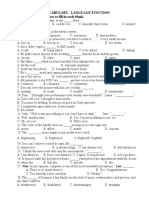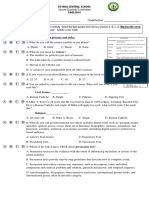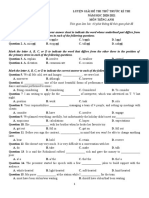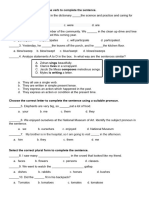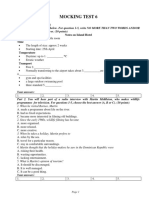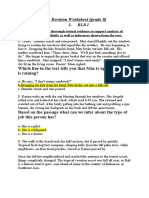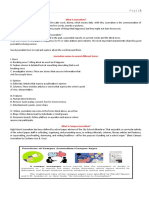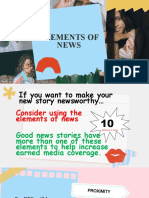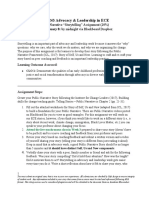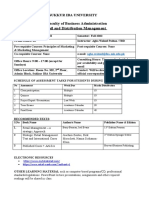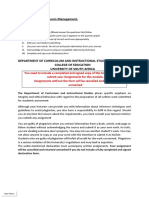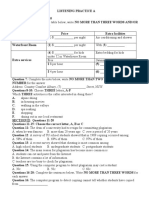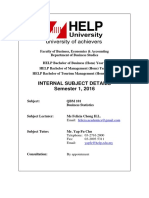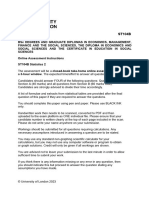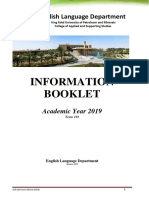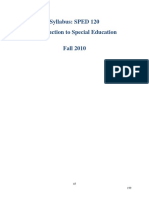0% found this document useful (0 votes)
75 views3 pagesGrade 8 English Test
The passage is a test in English for 8th grade students. It contains questions in four sections: Language Use, Study Skills, Reading Comprehension, and Sentence Construction. The Reading Comprehension section contains a passage about piranhas and questions to test reading comprehension of that passage.
Uploaded by
GLAIZA MAPUSAOCopyright
© © All Rights Reserved
We take content rights seriously. If you suspect this is your content, claim it here.
Available Formats
Download as DOCX, PDF, TXT or read online on Scribd
0% found this document useful (0 votes)
75 views3 pagesGrade 8 English Test
The passage is a test in English for 8th grade students. It contains questions in four sections: Language Use, Study Skills, Reading Comprehension, and Sentence Construction. The Reading Comprehension section contains a passage about piranhas and questions to test reading comprehension of that passage.
Uploaded by
GLAIZA MAPUSAOCopyright
© © All Rights Reserved
We take content rights seriously. If you suspect this is your content, claim it here.
Available Formats
Download as DOCX, PDF, TXT or read online on Scribd
/ 3








